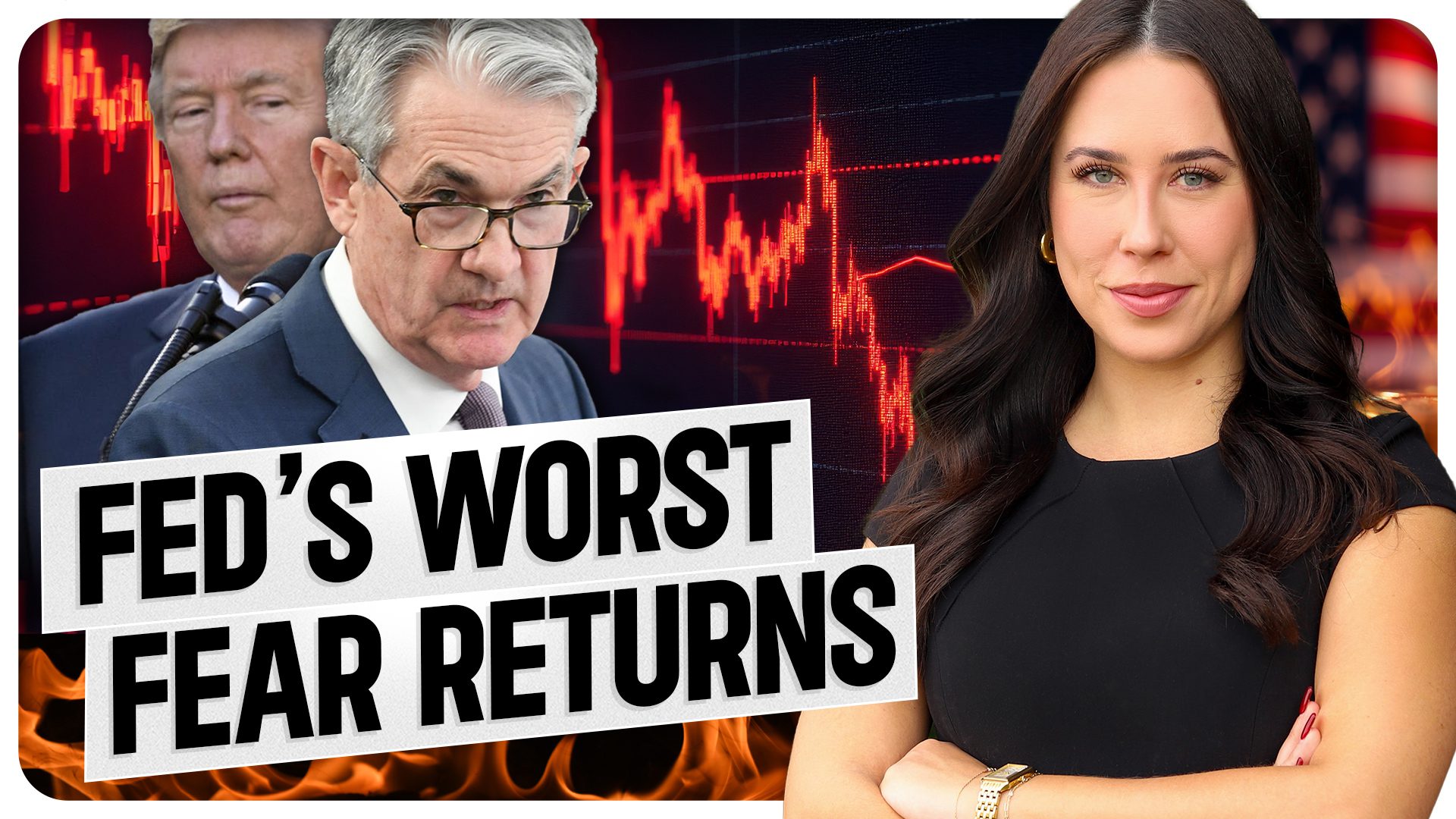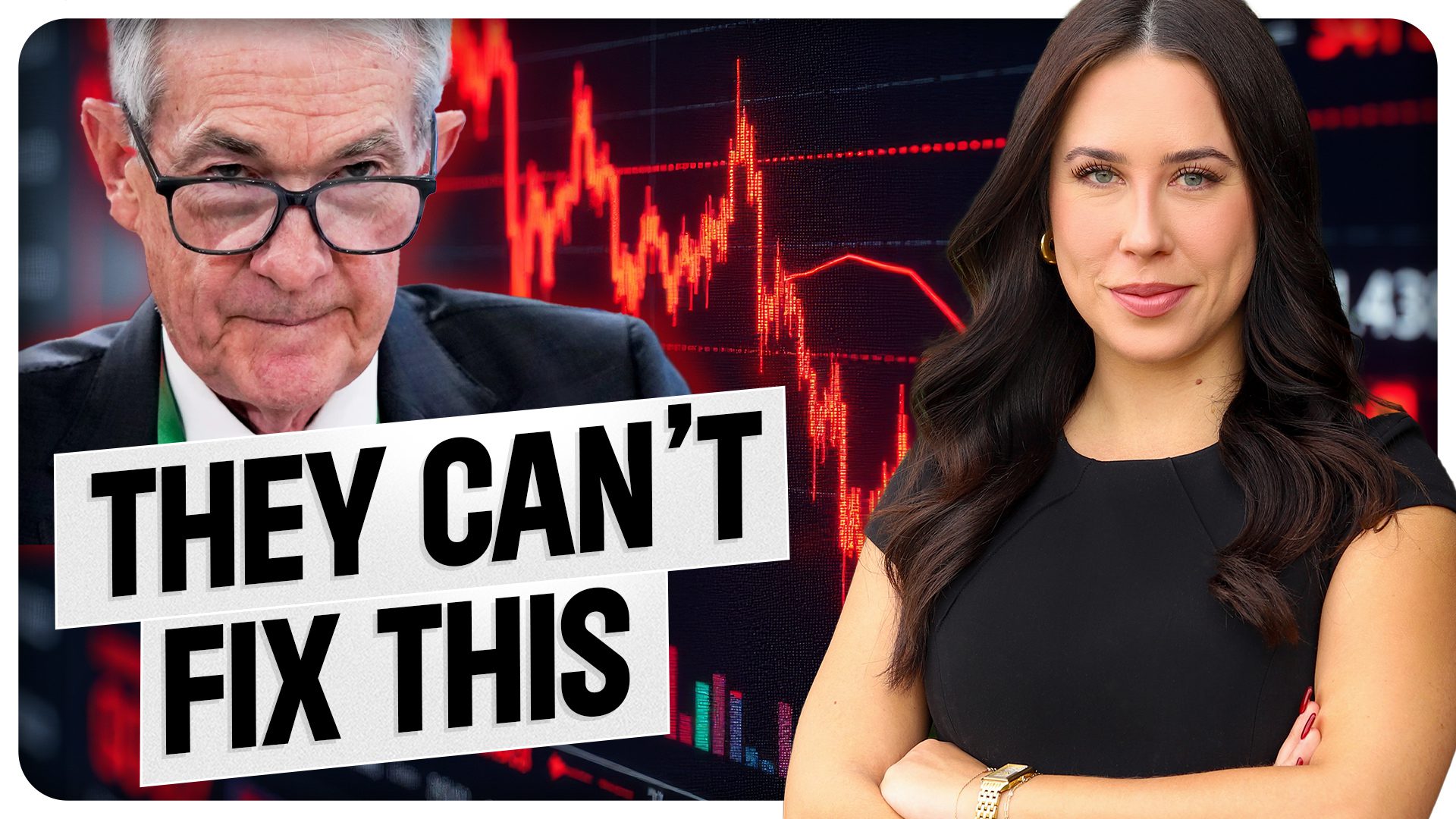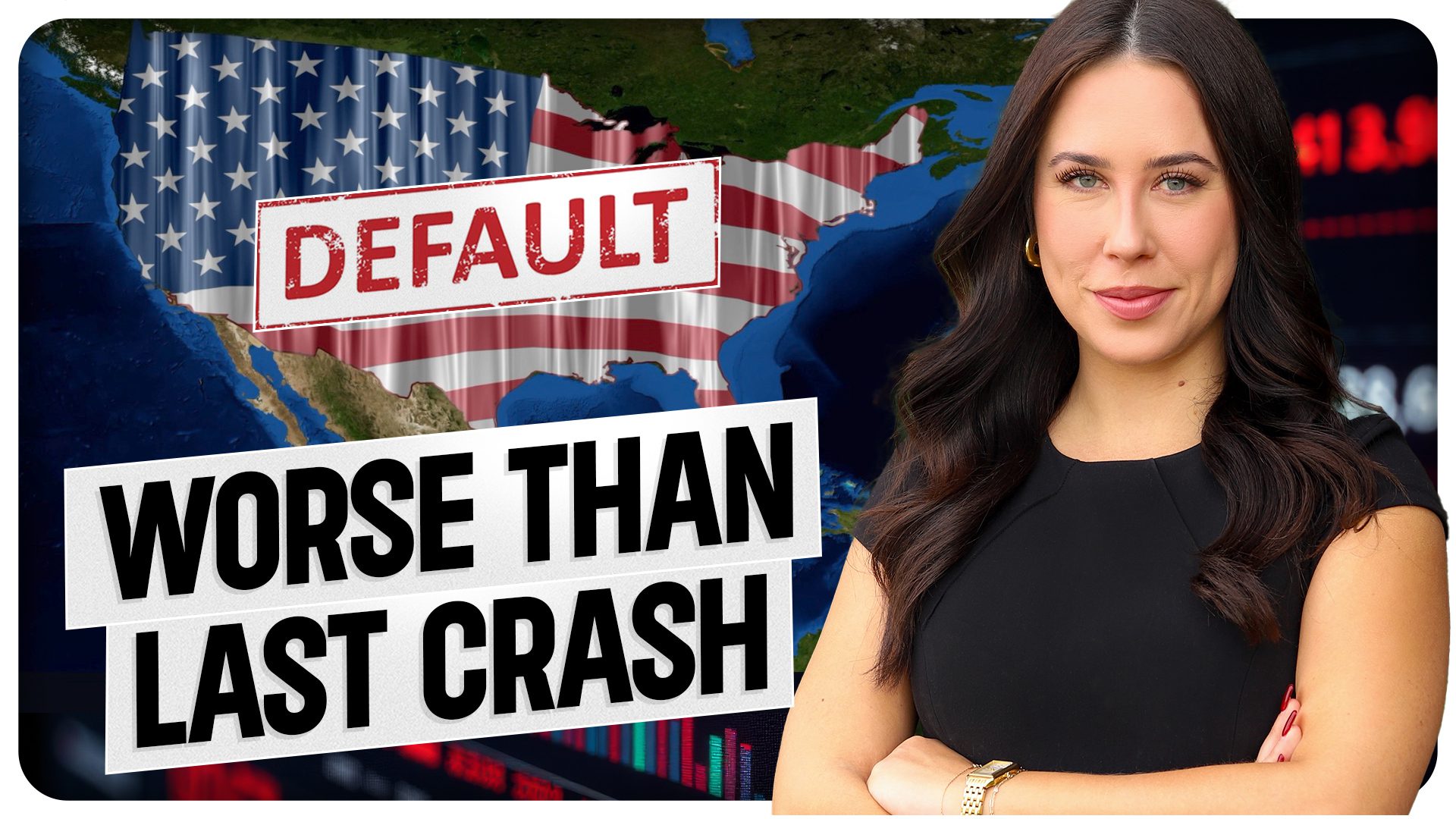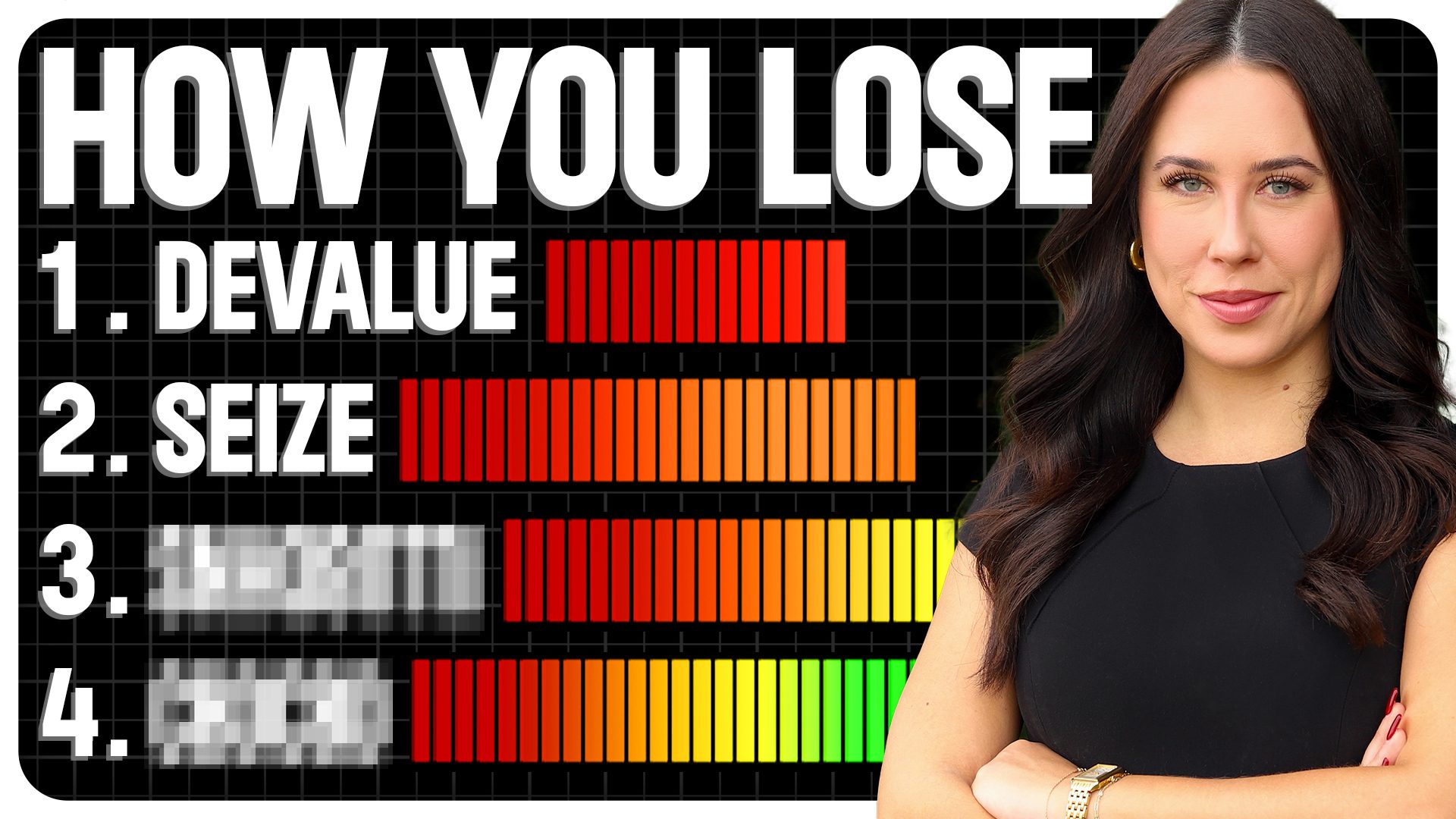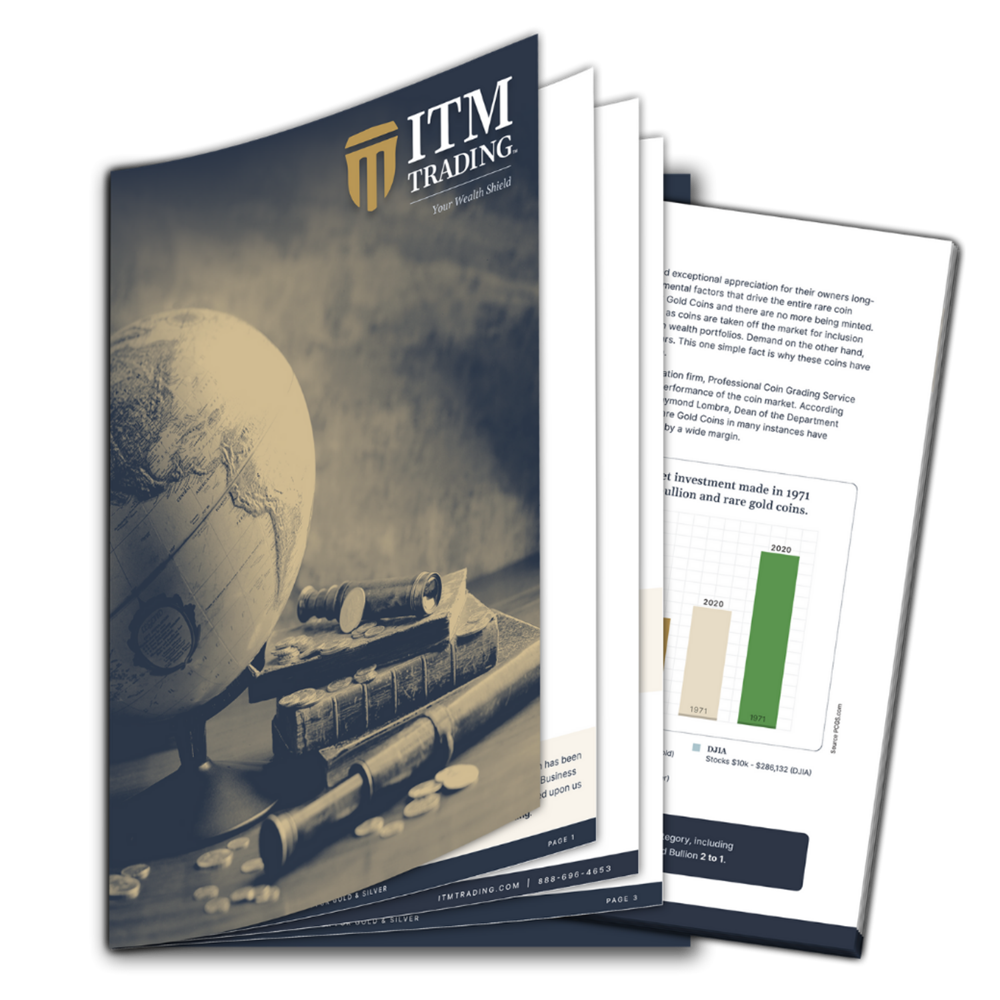HOW do I PROTECT My Retirement?

Discover the contentious strategies that could either safeguard or jeopardize your retirement savings amid threats like stock market crashes and persistent inflation. Citing the insights of controversial scholar Jean-Paul Rodrigue, it challenges viewers to anticipate market trends and consider undervalued assets like gold. This gripping guide will compel you to rethink your financial decisions and confront the uneasy realities of wealth protection.
TRANSCRIPT:
How do I protect my retirement? It’s the question that we’re all asking, especially when considering a potential stock market crash. Persistently high inflation and recent government failures. The answer is to future proof. But how?
I’m going to show you a chart created by Jean-Paul Rodrigue, a Canadian scholar who not only protected but increased his wealth through the 2008 financial crisis. By understanding how to read financial patterns in his teachings, he places emphasis on the fact that patterns and cycles are normal. They’re to be expected, and if you can understand how these financial patterns and cycles occur and where we are within them, then you too will be able to make smart decisions, not decisions based in desperation or what the masses are doing.
Now, I’ve used this chart before, so you might recognize it, but where we are in the cycle for different assets has changed since the last time I used it. And if you looking at it and thinking, I know exactly what’s going on, that’s terrific. But for those of you who don’t know, I’m going to break down what each of these stages mean and then identify where we are with different assets so that you too, can make informed decisions.
Starting on the left, we have the stealth phase. You can see the words right there smart money. This is when smart money quietly accumulates. At this point, any thought you have about what’s going to happen is high risk, high reward because it’s previously unproven.
Now the media, the talking heads during this phase will say, don’t buy this. Don’t buy that. It’s worth nothing. It will never be worth anything. But smart money knows better. Maybe they have inside information. They know something that the rest don’t. But either way, this is where ideally we want to be on the early stages because eventually more people will start to take notice. The awareness phase.
Now, this might be your institutional investors or people who follow things really closely or work in the industry. And eventually you’ll see that things start to kind of push the prices up here because more people are taking notice.
Now, this brings us to often the first sell off. This is when early investors cash out and make a profit. Which leads to this kind of U-formation or a bear trap. Now this is very common. And it’s interesting because the last time that I did a video on this, I actually put up the spot price of gold and showed how we were coming out the tail end of a U formation of a bear trap, and said that because of that, we could assume the gold prices would probably be rising and rising substantially, which I think we all know what has been happening with gold prices. But we’ll talk more about that in a second.
But when that happens, when you come out of the bear trap as prices start to rise, this is when the media takes notice. Now, once this happens, everything changes, right? There is so much more attention. More people are aware that we can expect to see prices really continue to rise. This puts us into the mania phase.
Now, it’s not to say that money can’t be made during the mania phase. There’s a of leeway here. This line goes on for quite a while, and this could go on for a long time. And it doesn’t always look like this clear straight line up either. There can be dips in there, but as long as those lows continue to be higher and higher lows and we see the trend going up, this is the mania phase. So the key here is that if we’re going to get in during the mania phase, you want to be as early as possible.
Which brings us to the anxiety that many of us are feeling right now around the stock market. Because if you have your retirement, your nest egg, your golden parachute, whatever you want to call it, tied up in one asset, if all of your investments are in the stock market and suddenly something happens, what happens to you? That little voice, that intuition that’s telling you I don’t know if this can go on forever that way? That’s smart. That’s a voice you want to listen to. Unlike the talking heads in the media who are claiming new paradigm, see that up at the top. New paradigm, new normal. This is going to continue to go on forever. But we both know that that’s not true. Just last week, one of my friends, after talking to me, went to their financial advisor and said, I want to talk to you about diversifying my portfolio in case something happens to the stock market. Her advisor told her, well, why would you want to diversify? Because ultimately things are going so well. There’s no reason, right? She said, well, I still think it’s a good idea because what if something does happen? Would it not be wise to have a portion of my retirement somewhere else outside of the stock market? Of course, the advisor’s response was, well, if you want to talk about diversification, we can do that. We can talk about where we’re investing your money, aka different industries, different types of stocks, but ultimately keeping everything still within his control. In the stock market, which we both know isn’t true diversification. And I told her, you have to ask yourself who stands to benefit here. Now of course, right now you’re benefiting because you’re making money. But who benefits? Either way, win or lose. Who is paying for all those retirement fund fees? It’s all of the cash. It’s all the funding that’s being kept inside these retirement funds. That is how they’re making their money. And it doesn’t matter whether they perform or don’t perform, they’re still getting paid. But I digress.
Let’s finish off this last part of the chart. So right now again things are going great. New paradigm. This is going to be the way it is forever until it’s not. So we’ll have this drop off on the right hand side, at which point people will be in denial. Buy more. Hold on tight. It’s it’s the time to buy. Eventually, maybe prices go back up a little bit. Okay, great. We’re returning to normal. I knew this would happen. Everything’s fine until it’s not. And prices absolutely plummet. At which point there is despair as people are left with nothing. It’s just the way that these cycles operate. But we don’t have to be caught in this trap in this cycle. We can make decisions based on logic and education. Where we want to be is over here on the left with the smart money.
Now, gold in particular, like I mentioned earlier, coming out of this bear trap has been getting a lot of media attention. It’s even now gold being sold in Costco news outlets talking about gold more often, people flocking to gold as a store of value against, of course, the ongoing inflation.
Now I’m looking at this and I can see that gold is still in this early media attention phase. Which means that if you’ve been thinking about buying gold, now is the time to do it. Because ultimately it’s only going to get more popular, more people are going to be buying it. At which point enthusiasm will take hold and eventually greed will take hold. And we could expect to see those prices just continue to rise, rise, rise.
Now, of course, when I’m comparing these charts, I’m looking at the spot price of gold and there is much debate over the spot price of gold. If it’s undervalued, I personally think it is. And that’s where we want to be. We want to be in an asset that is undervalued and on its way up, versus an overvalued asset that is already at the peak and is driven by mania.
Obviously, you have to make your own decisions and do what’s best for you. The reason why I bring all of this up, and specifically around retirement, is that I saw firsthand in 2008 the pain that people went through who did not diversify and were over-leveraged. The people who are often there and are supposed to be protecting you or advising you, can’t always be trusted.
Again, you have to ask yourself, who’s benefiting from this? Do they really have my best interests at heart? For me at least, it seems pretty straightforward that having a variety of investments or diversifying my portfolio when it’s all in the stock market won’t do you much good if the stock market collapses or the dollar crashes.
I know a couple of people who told me they wish they’d known this earlier, but it’s never too late to protect yourself. So if you found this interesting or educational or useful, please be sure to share with a loved one help spread the word, and if you haven’t already, like and subscribe, it really helps us spread this message and educate more people.
As always, thank you so much for joining me. I’m Taylor Kenney with ITM Trading. Your trusted source for all things gold, silver and lifelong wealth protection. Until next time.
SOURCES:

